How to Avoid Having “Too Many Cooks in the Phonics Kitchen!”
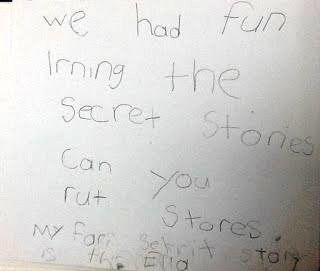 |
| “We had fun learning the Secret Stories. Can you write (more) stories? My favorite is TH!” From Ella |
Secret Stories® is not like traditional phonics, nor is it like any phonics or reading program. There are no “grade level walls” that delay access to the code kids need to read and write The Secrets simply put meaning where there would otherwise be none, so as to shift instruction from brain-antagonistic to brain-compatible.
The brain is a “pattern-making” machine, and Secret Stories® feeds its craving to make sense of letter sound behavior in a way that even the youngest or most struggling readers can easily understand. The rule of thumb when creating the Secrets was not to align them with traditional phonics “rules,” but with the brain science. The Secrets are tools, not rules, which means that they are designed for the sole purpose of helping kids crack words apart (i.e. decode for reading) and put them back together (i.e. encode for writing).
How to Predict the Most Likely Sounds of Letters in Unknown Words
Take -le, for example, as in words like little or middle. There is no Secret for the –le sound because it’s not necessary in to read the words— not if learners know that the /e/ at the end won’t talk anyway. (Mommy E® is supposed to tell any vowel that’s one letter away, “YOU SAY YOUR NAME!” However, I like to tell kids that “Sometimes mommy’s there, but she’s just too tired to care!” ex. have, because, riddle, etc…)
Likewise, if a phonics pattern is so rare that it would be of minimal use to elementary grade level readers, then it is not addressed with a Secret. In such cases, experience is the best teacher, so the key is to get enough real skills under learners’ belts so that they can get up and running with text, and allow text experience to fine-tune learners’ skills. An example of this would be the silent t in words containing the -st or -stle pattern, as in whistle or listen. This sound spelling applies to so few words that it doesn’t merit the time and space it would take up in beginning or struggling readers’ brains. Moreover, learners how know just enough Secrets to read the rest of such words would likely be able to make the adjustment to figure out the word.
The key to being able to successfully give beginning grade learners everything they need is not to burden them with anything they don’t need. (Sorry for the double negative, but hopefully you get the drift!) In simpler terms, don’t get caught up in the minutia! The ultimate goal is GET KIDS READING by not taking 3-4 grade level years to deliver the “whole” code they need to do it!
By using brain-based connections to make phonics make sense, we can accelerate learner-access to the “whole” code that’s needed to read and write—rather than divvying it out in grade-level “bits and pieces!” This allows beginning grade learners to start gaining valuable text experience years earlier than they otherwise could. And READING is a far better teacher than we will ever be!
In addition to providing logical explanations for letter sound behavior that the brain craves, Secret Stories®also accounts for their “next-most likely” default sounds — all of which are embedded into the sound posters. Because these defaults follow the same social emotional “feeling” based logic that drives learners’ own behavior, even inexperienced, beginning readers (and upper grade struggling readers) are easily able “think-through” the alternative sound behaviors of letters in unknown words instead of just having to memorize them (as exceptions).
Filtering-out the fringe and streamlining the most common letter sound behaviors offers kids a new way of thinking about phonics. Instead of the binary “rule/exception” approach to phonics, Secret Stories® aligns letter behavior with kid behavior, making sounds easily predictable. It is within this “hierarchy of likelihood” that young and inexperienced readers are easily able to logically deduce the most and next-most likely sounds of letters, even in words they have never seen before.
Working with text requires learners to “think outside the box,” which they cannot do if they don’t know first know what’s IN it. The Secrets equip learners everything that’s IN the box so they can more easily think outside it. Rather than having to memorize words that are exceptions in order to read them, students can use higher-level thinking and problem solving to figure them out, stretching their analytical thinking and problem solving capabilities far beyond just phonics skills for reading.
This critical analysis and diagnostic thinking exercise takes the form of “What else can it be? What else can we try?” much like the diagnostic thinking/ deductive reasoning process that doctors employ when attempting to diagnose symptoms that don’t always “present” in the way that they should.
Activating Social-Emotional Learning Channels for Higher Level Thinking
When learners are equipped with Secrets, they actually enjoy engaging with text in this way, as daily reading and writing is transformed into a virtual playground for critical thinking and deep literacy learning!
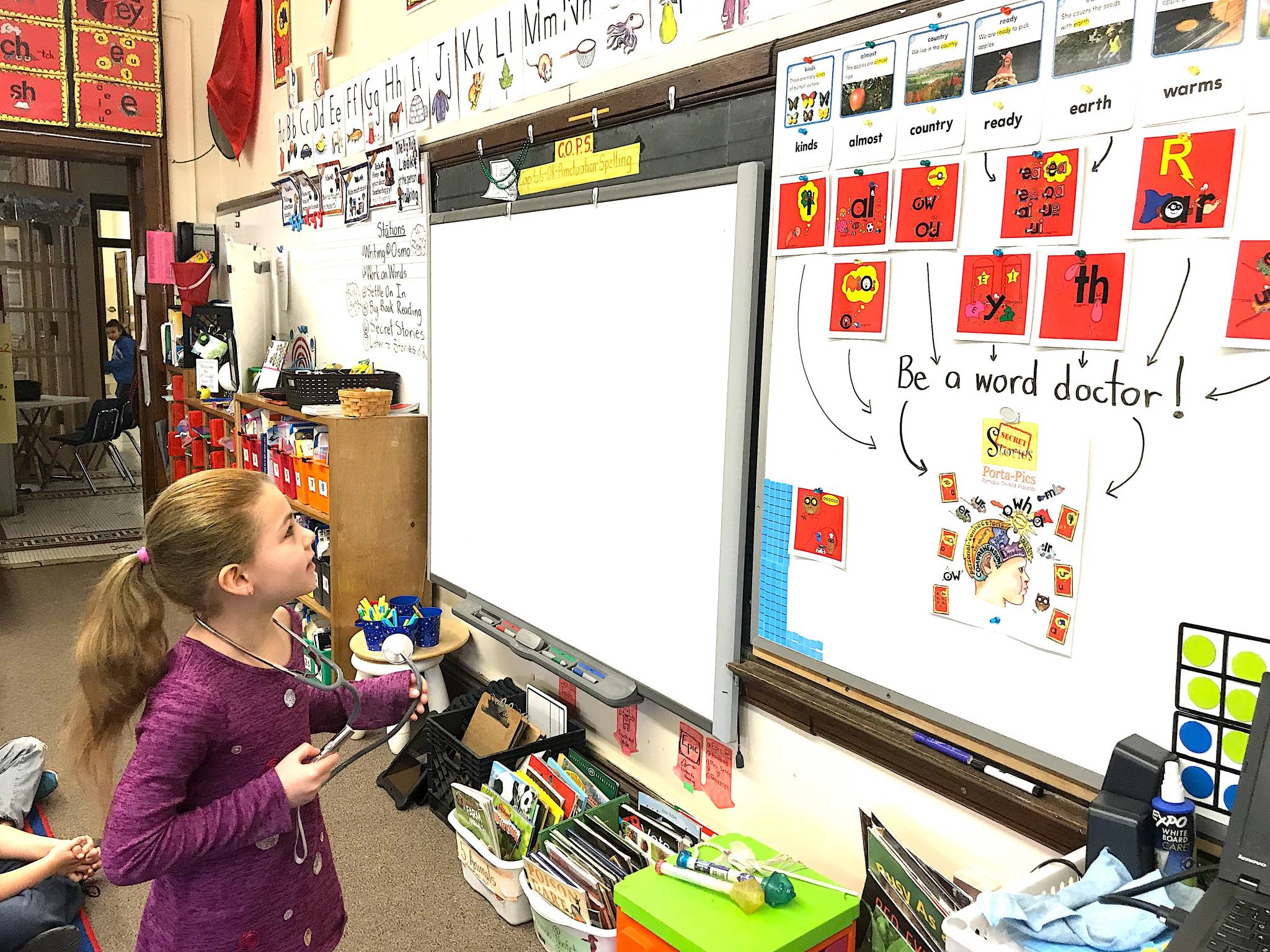
By anchoring abstract letter sound and phonics skills into social and emotional frameworks that are already deeply entrenched within the learner, they become personally meaningful and relevant.
Now Let’s Play “Word Doctor” with the Words Above!
Let’s start with the simplest one, which is ck. Both letters are simply making their correct sounds, and because their sounds are identical, this spelling pattern is easy to sound out. Thus, no Secret is needed!
Next up is -dge (as in ridge, sludge, budget, etc…)
If kids know the ce, ci, cy/ ge, gi, gy Secret then the addition of the letter d should pose no problem when sounding out the word. Even if they include the d sound, they would still be able to “get” (recognize) the word. Additionally, the e at the end would also cause no worry, as kids who know the Secrets know that Mommy E® can only tell the vowel to say its name if she’s one letter away, close enough to reach it!
Therefore, creating a new Secret for the –dge pattern is unnecessary and would only result in our having “one too many” cooks in our kitchen! That’s not to say that knowledge of -dge as a spelling pattern wouldn’t be useful to upper grade learners, abut the primary goal is to get kids reading. All of the research shows that reading is by far the best teacher for fine-tuning spelling, and kids who know the Secrets will be able to that experience, tenfold!
If learners know the ch Secret, then initially attacking it with the t sound before the ch won’t interfere with a reader’s ability to ultimately decode the word, even for kindergartners.
Knowing the qu Secret is all that is needed here, along with recognizing that as with -dge, the e at the end makes no sound. And keep in mind that when working with words not of English origin, Secret Stories® will get you close, but not all the way, as the same rules don’t apply, as with words like: bouquet, applique, etc…
-ive (as in: dive, give, active, lives, etc…)
The first word, dive poses no problem at all, as Mommy E® is doing just what she should, which is in telling i (who’s one letter away) to say his name! However, in the other words— give, active and live — Mommy E® is just “too tired to care,” as sometimes mommies are! Which is why sometimes, she’ll just sit back and let the vowels do whatever they want… because even moms aren’t perfect! It’s words like these that require kids to put on their “Dr. Hat” and think-through to the next most likely sound!
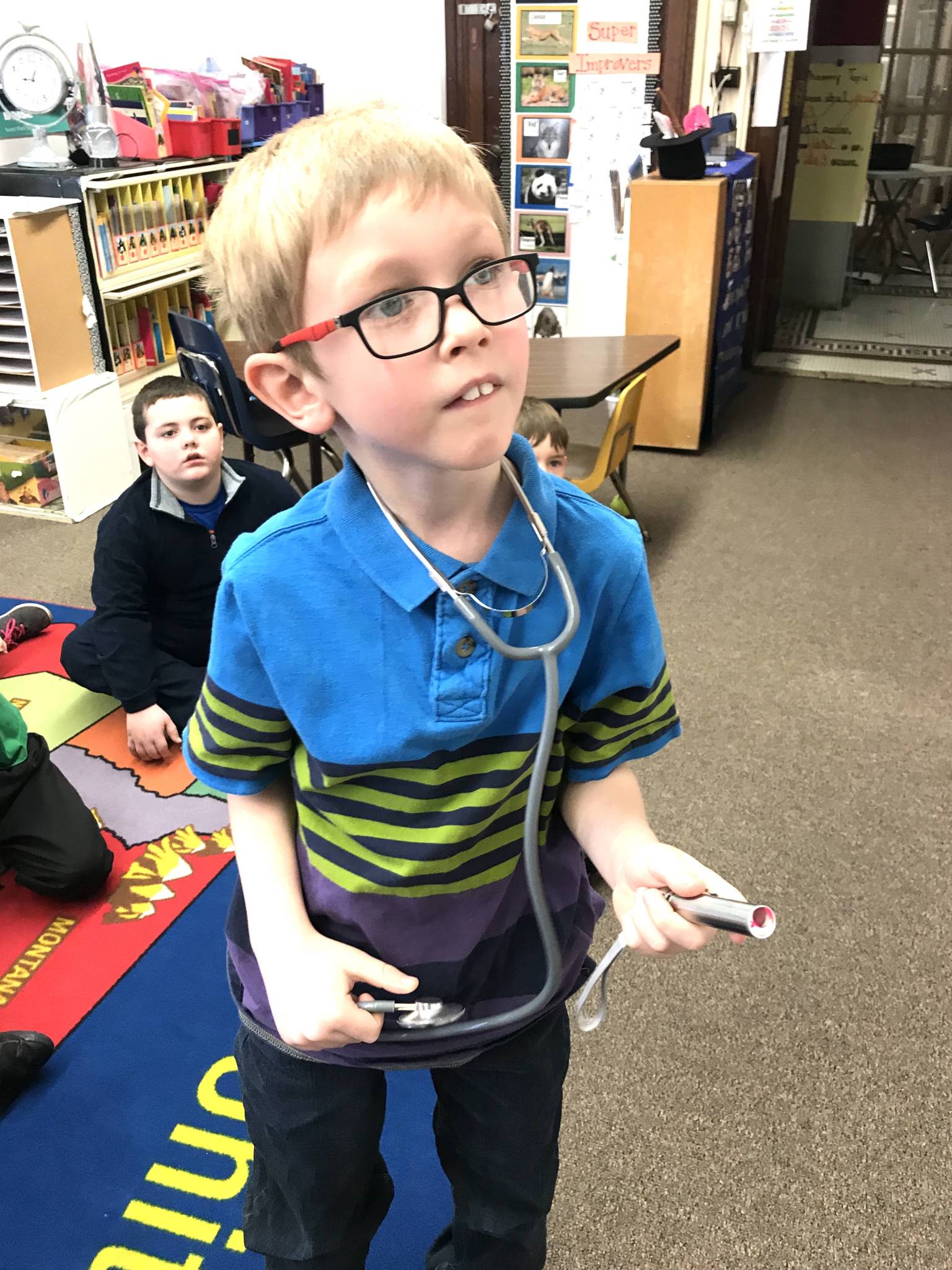
-old (as in: bold, cold, mold, etc…)
This one’s easy, with the only possible glitch being that the letter o is making its long (Superhero) sound instead of the short and lazy one it’s supposed to when Mommy E® or the Babysitter Vowels®´aren’t around. Even still, simply encouraging learners to “think like doctors” and trying the next most likely sound for o will enable them to get the word.
Learn the “Secrets” about Mommy E® and Babysitter Vowels® in the video below.
-olt (as in: bolt, molten, revolt, etc..)
-ost (as in: cost, post, lost, most, etc…)
Same as above, as o should short and lazy, since there is no Mommy E® or Babysitter Vowel® in sight, so again, learners need to “think like doctors” and try both sounds to be sure, just like any good word doctor would do.
-ind (as in: kind, windy, find, Indian, etc…)
Same as above.
-ild (as in: mild, wild, child, build, mildew, etc…)
Same as above.
-on (as in: Monday, money, done, etc..)
In all these words, the short o sounds more like short u, or schwa sound. The letter o makes this sound in many words, like: come, of, love, some, done, etc. Other vowels will often “default” to the schwa sound as well in words like: what, was, was, want, above, about, pencil, etc. When vowels make this sound, it’s because they are thinking, which is why they’re called the Thinking Vowels™, and their sound is easily prompted with a simple “head-bop.” With this simple secret trick, even kindergartners can easily decode otherwise “undecodable” words! You can read about the Thinking Vowels™ here.
 |
| Click here to learn the “Thinking Vowels/Head-Bop” Trick for Fickle Vowels |
While we have a trick for the words above, every now and then, kids will need to use a little more elbow grease to “bend” the letter sounds and “get” the word. Practicing is very helpful and can actually be a lot of fun, and a great way to do it is to read the books Hungry Thing and Hungry Thing Returns by Jan Slepian and Ann Seidler “What else could it be? What else can I try?”
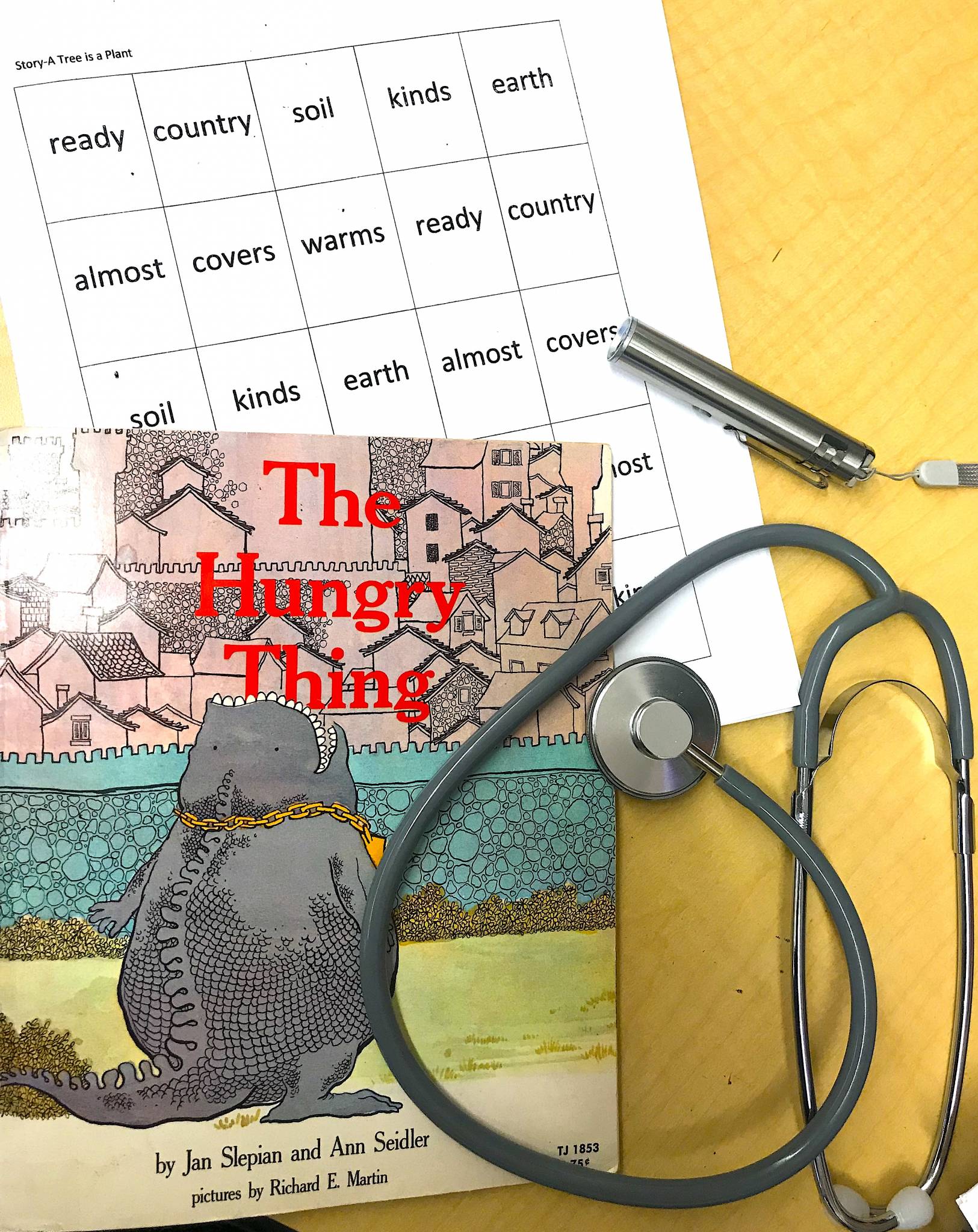
-unk (as in: bunk, chunk, dunk, etc…)
No secrets needed, as the letters are doing exactly what they should!
-ink (as in: sink, blink, drink, etc…)
One of my favorite Secrets is I tries E on for Size, and it’s all that’s needed to explain why i will sometimes make e’s sound instead of his own!
 |
| Secret Stories® “I tries E on for Size” |
This one’s easily taken care of with the ER, IR & UR- Secret, as the t just makes its regular sound, and like some of the other patterns above, Mommy E® is just hanging out at the end, doing nothing!
Reading Hard Words Can Be Easy, If You Know the “Secrets”
Fostering this fluid and flexible thinking about letters and the sounds they make is what helps to transform daily reading and writing into a playground of critical thinking and deep learning opportunities! And while the kids enjoy seeing the Secrets work, they have much MORE fun playing word doctor when they don’t— trying to figure out what else the letters might are doing and how best to tackle them! And as the more they engage, the more powerful they feel when working with text, and the more their confidence grows across the instructional day! they over text grows by the day,
This is easy to see when watching these first graders at work, trying to account for why the i is long in words like light, right and fight, when there is no Mommy E® or Babysitter Vowel® there to make it say its name! (This clip of Mrs. Mac’s class is one of my favorites!)
 |
| Access the Complete Set in the Guided Reader Description |
| Try a “taste” of the Secrets with YOUR class and see the difference they make! Click to Download the FREE Secret Stories® “Appetizer” Anchor Phonics Posters! |
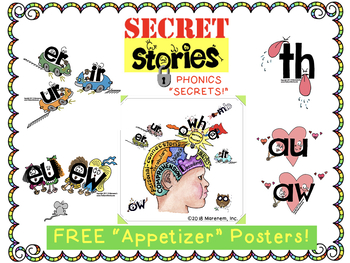
| Until Next Time, Katie :-) 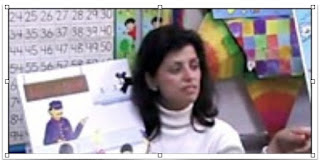 |
Never Miss a Secret! Subscribe to the Newsletter! |
|
|
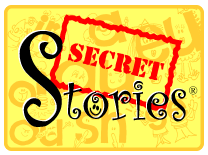
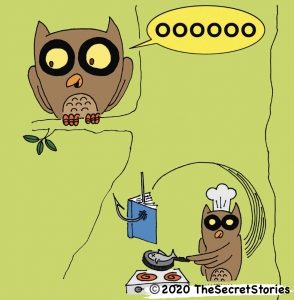


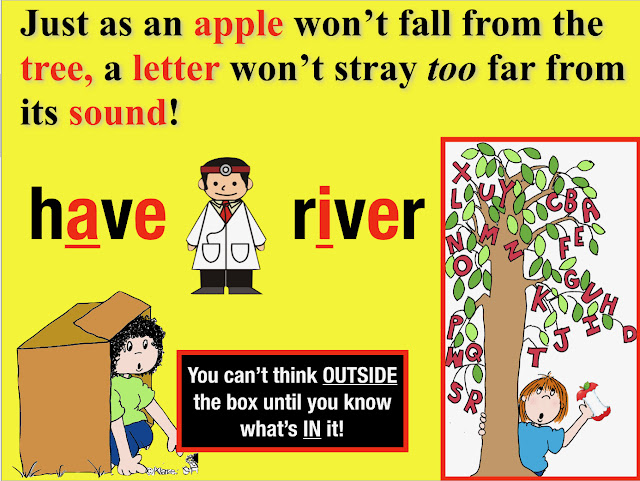

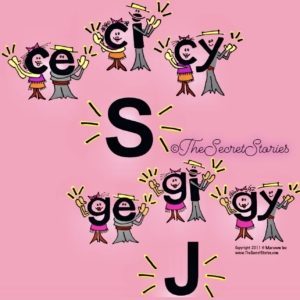
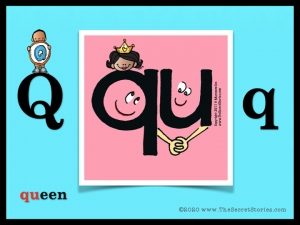
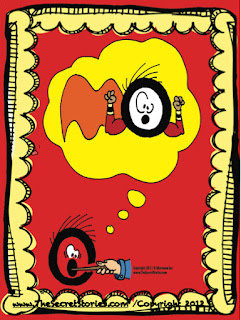
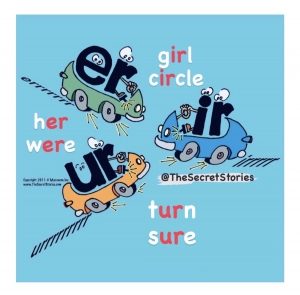
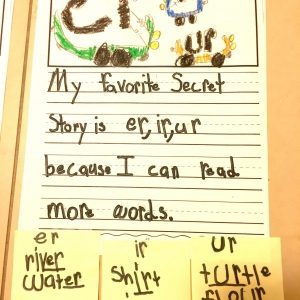
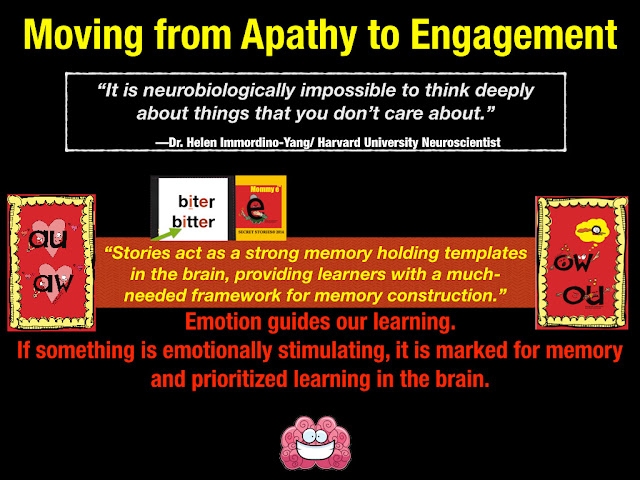







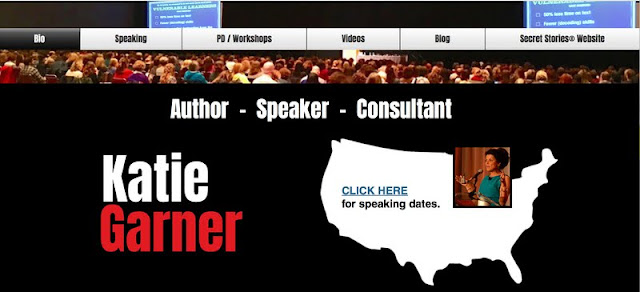
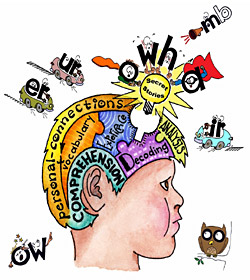

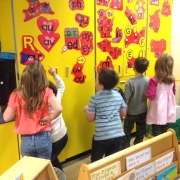
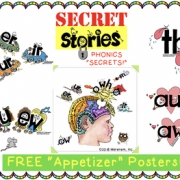
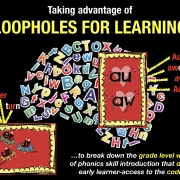 ®2018
®2018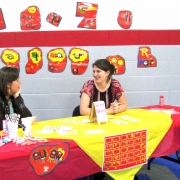
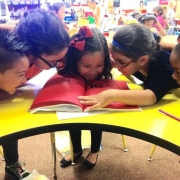 Secret Stories® Phonics Guided Reading
Secret Stories® Phonics Guided Reading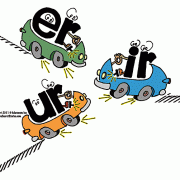
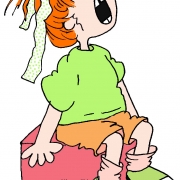
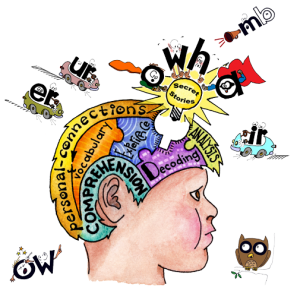
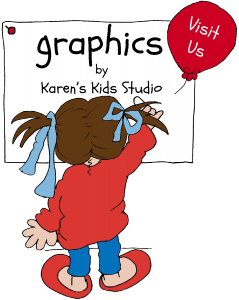


This post just shows how often we over complicate our phonics rules :). While I do hope to win your amazing pack in the raffle, I will regardless soon own it :) I have just started in a class of 5-7 year olds who are so below level it's not funny. I have been introducing your secrets based on my TPT purchases, and as soon as I have my pennies saved I will get the whole book because boy do they need it!!! Thank you for the opportunity to win :)
I just saw your your comment and wanted to share a link to a post that I think will be very helpful to you, given your situation- http://readingwritingsecrets.blogspot.com/2014/05/so-you-know-that-moment_23.html
Thanks so much for sharing, and I can't wait to hear how things progress with your new class!!!
I'm a follower!
My kids enjoy the secret stories! It makes my heart happy when they are reading or writing in their journals and bring up a "story"….or better yet, tell one to a friend that needs a little help.
Kids are definitely the best teachers when it comes to sharing the Secrets!!!!
I am extremely excited to use this in my first grade classroom! I know it's late in the year, but I have some struggling readers that will benefit from these stories.
I am extremely excited to use this in my first grade classroom! I know it's late in the year, but I have some struggling readers that will benefit from these stories.
Katie, I saw you when you were here in Calgary this year. You were the highlight of the conference. Needless to say your Secrets have opened the door for many of my struggling students.
Hoping to get the opportunity to use this new version in my classroom where wall space is at a minimum and students still need this valuable resource.
Thanks so much.
I LOVE the Secret Stories. I use them everyday in my Kinder classroom. They are the reason my students have shown so much growth!
These sound great! Yes I am following you! Thanks for the chance!
I loved this post. It was full of great info. I follow using Bloglovin.
Oh, yes that's a blog post that started me on using Secret Stories as a sub (with success), which is why I know it will work so well in my class. We are only 4 weeks into our school year (New Zealand), so thankfully I have the time to make this work for them :)
I'm a follower…love this post!
Dear Kim,
That's so wonderful to hear!!! I LOVED doing the Calgary Summit, and my head was spinning for days afterwards, as I learned so much from so many, while there! So glad you could come, and so pleased to know that your strugglers are doing so well with the Secrets!
That's awesome!!! I am so glad to hear that :)
Absolutely, and better late than never! Whenever I do school in-services for teachers at the end of the school year, I always encourage them to "tell some Secrets" in the last few days, as every ONE that you share will become one more TOOL in their reading and writing arsenal that's ready for use next school year!
It's definitely nice to have the multi-purpose placard size visuals, although personally, I still prefer the larger visuals for primary classrooms, given how constantly kids must refer to them throughout the day. What's nice about the space-saver placards is that they can be 'on-hand' rather than 'on the wall,' which is ideal for those times when you want to introduce or revisit a Secret, but don't want to "run across the room and point up high" to do it ;)
and btw, I would love to invite you, as well as the other posters, to let me know if you would be interested in sharing more in a guest blog post!
just drop me a message, if so :)
So glad to know that you'd come across it and that it was helpful, as Mrs. Mac is awesome, and I love her guest posts. Please do keep in touch and let me know how things are going with your new group as you get going!
Thanks for letting me know, as I sometimes miss followers that aren't following directly through the site.
I'm intrigued by your Secret Stories. I have shared your th story with my kinders and found that it was a good hook to help them remember. I am looking forward to learning more. You should join Simply Kinder on Facebook. While you cannot directly promote your products, their are thousands of teachers sharing ideas. Just a thought. @sundanceteach
I just recently began using your Secret Stories & I have enjoyed them (along with my students) so much! They get so into the stories & really eat them up! This is my 7th year as a reading interventionist, & I can really see a difference already! Thank you!
I have been using Secret Stories for about two months now, and my students love it. They are always asking for new stories about the posters. I have first graders, but one of our 5th grade teachers has started using this in her classroom, along with one of the special ed teachers. The kids are excited. Thank you.
That's awesome, and thanks so much for letting me know :) And as you're now kind of a resident-expert with the Secrets, given how long you've been using them, I would love to have you guest post sometime and share your tricks and tips in using them with your students!
If interested, please reply with your email, or message me with it and I'll send you an invite to post, via blogger :)
That's my favorite thing of all to hear!
All those upper grade teachers who make it a priority to 'plug those gaping holes' in skill ability before sending their kiddos off to middle school are true heroes!!! And I only wish that there were more of them!
When I do school in-services (usually initiated by/for primary grade teachers) I always ask for time with the 4th & 5th grade teachers, as well, as there are some EASY ways that they can incorporate the Secrets™ so as to "plug holes" and yet, NOT interrupt their on-grade level pacing and instruction.
Upper grade learners actually benefit even MORE from the "backdoor-approach," as do their teachers, who often perceive phonics as anything BUT their area of expertise.